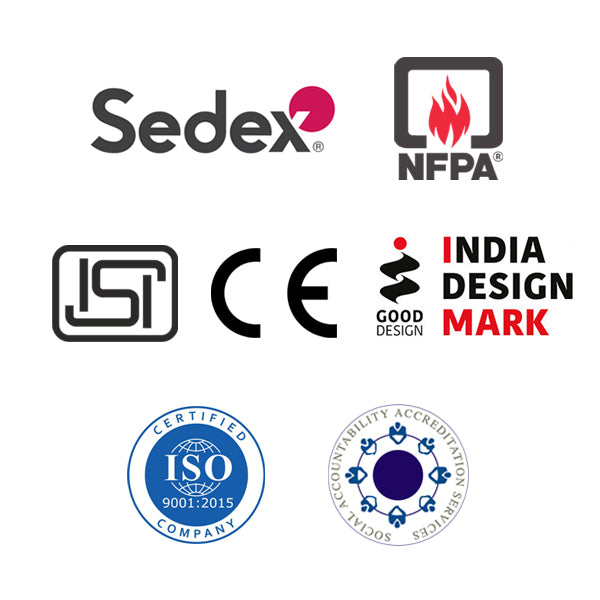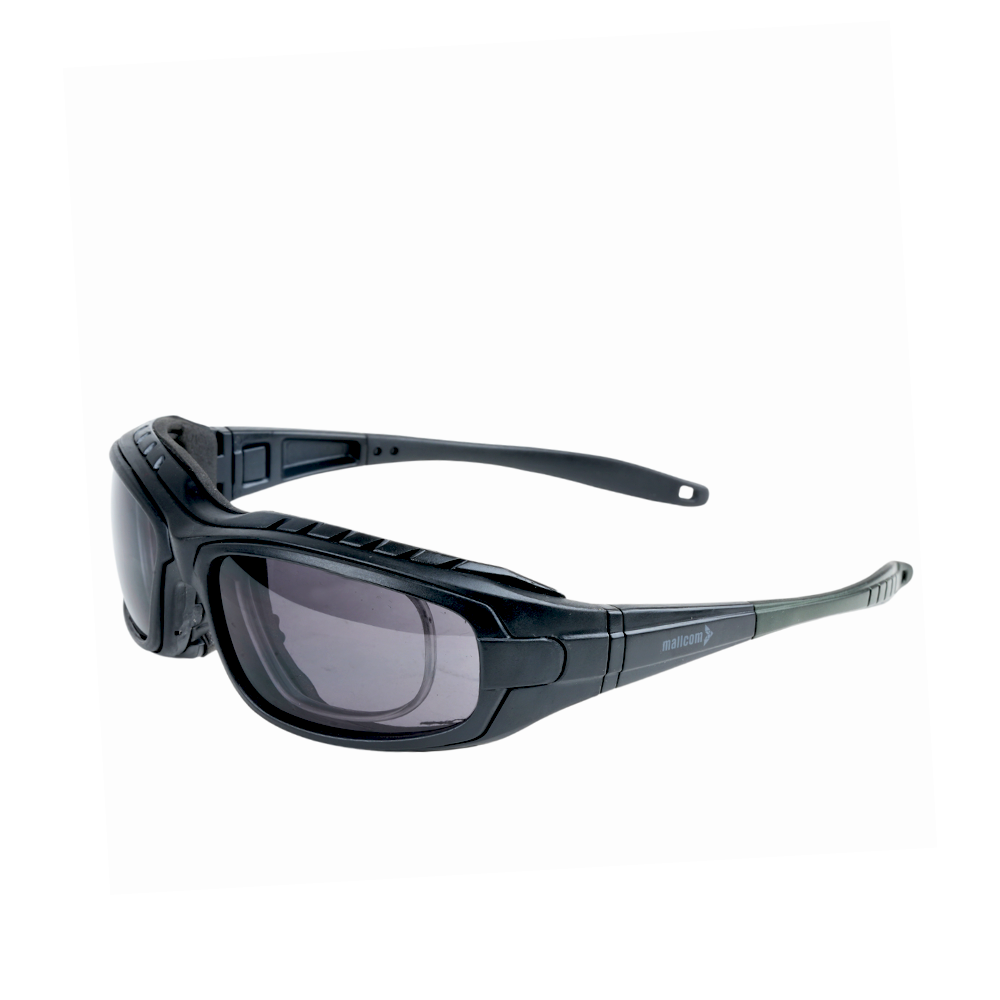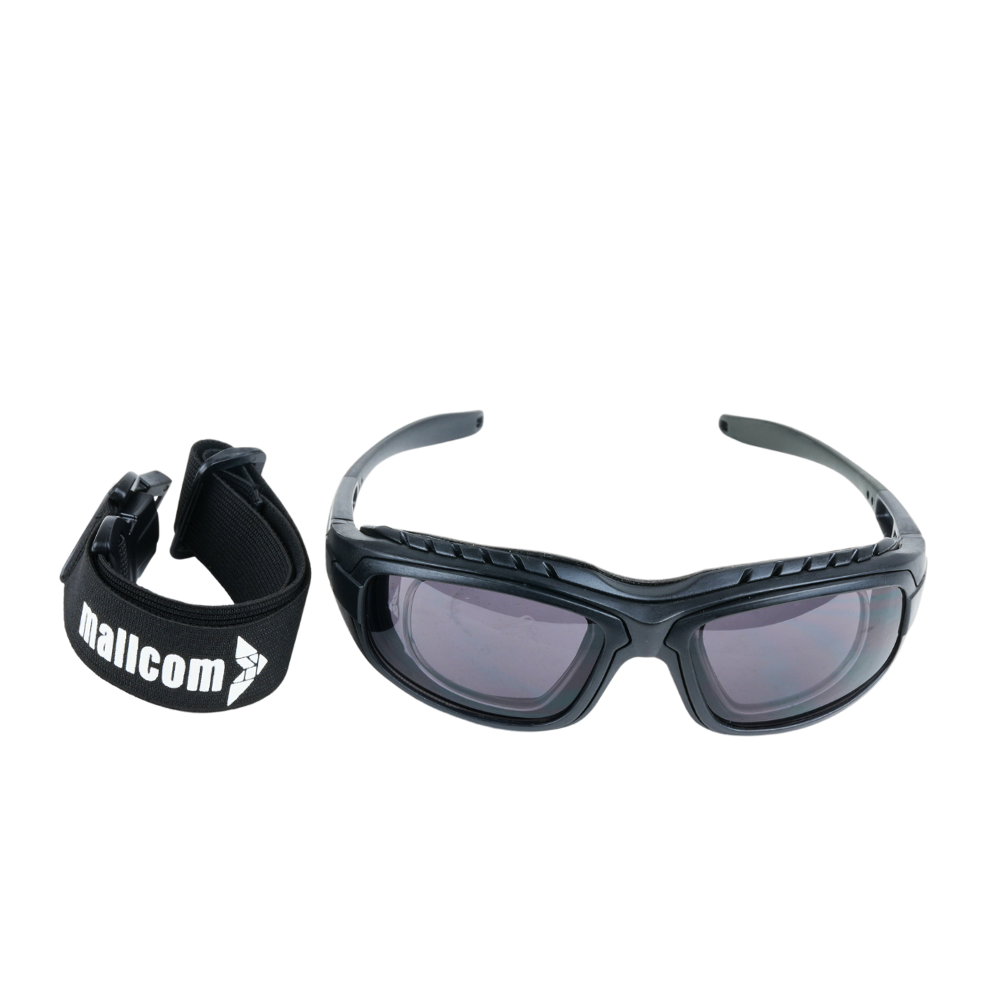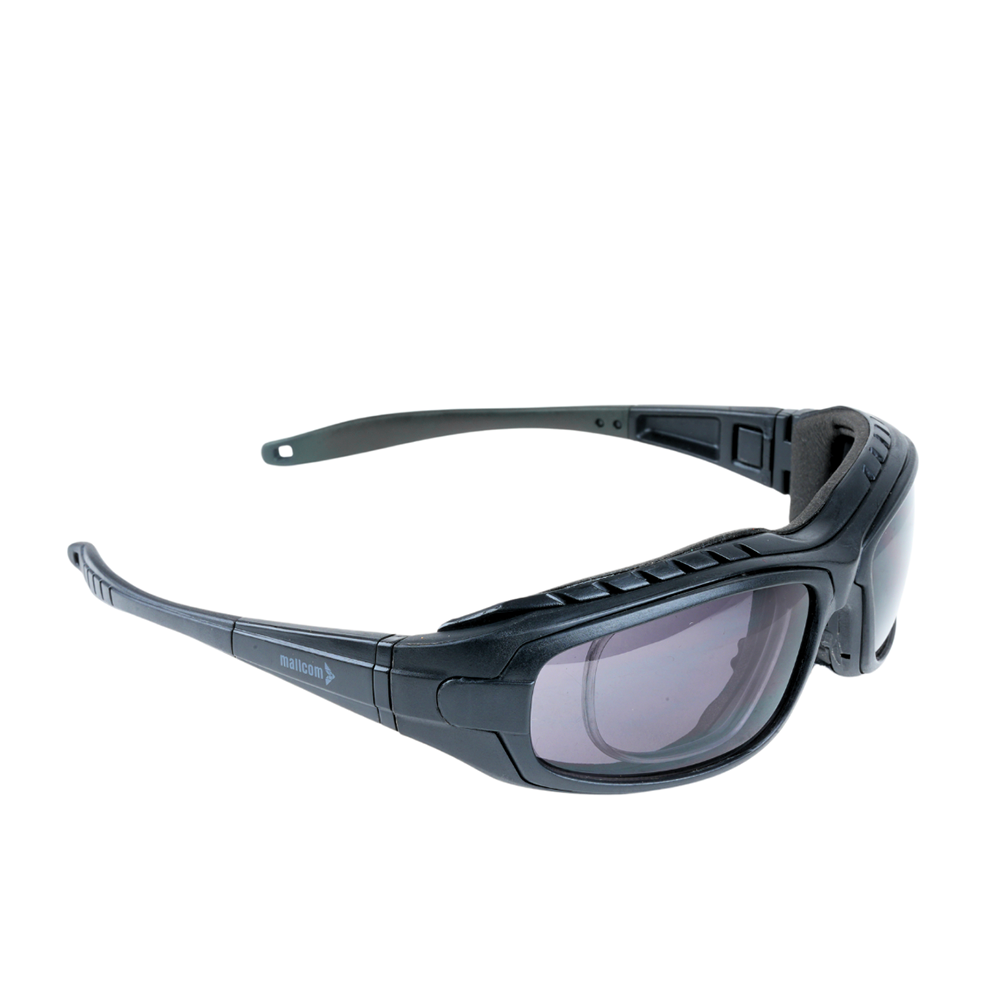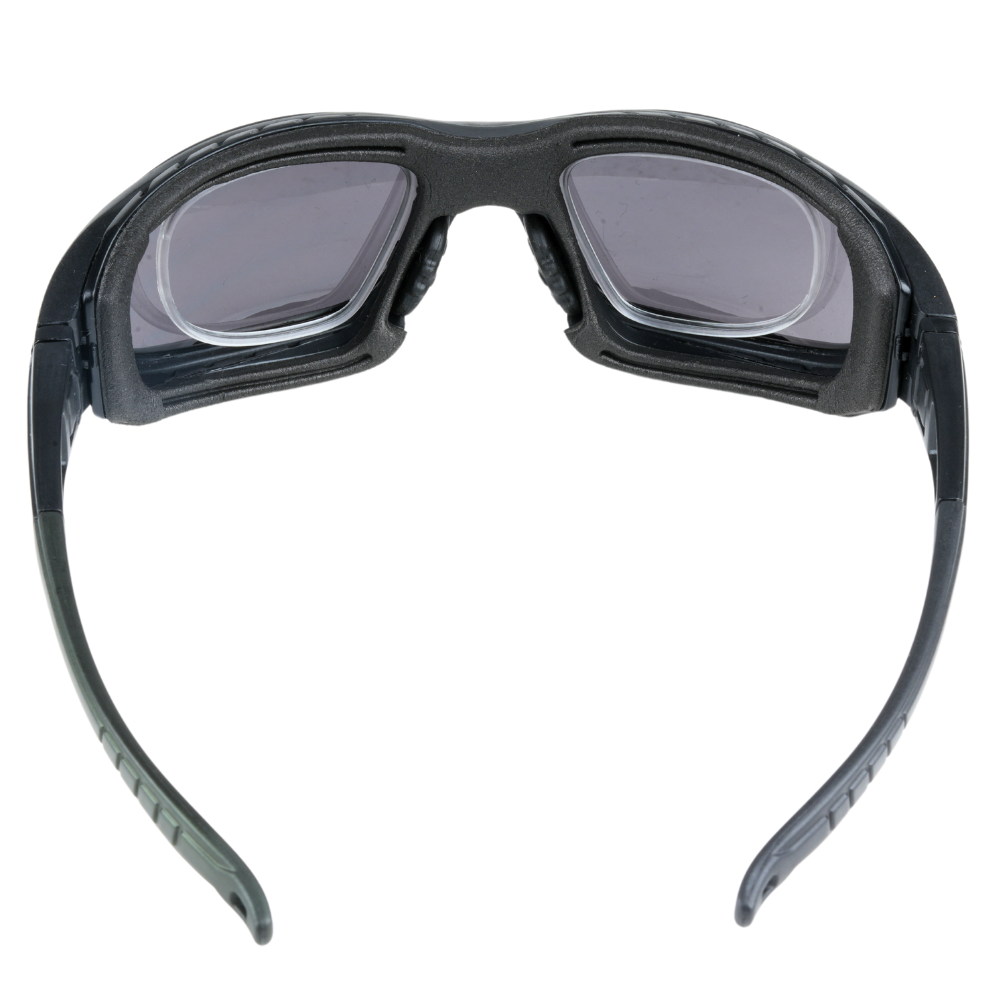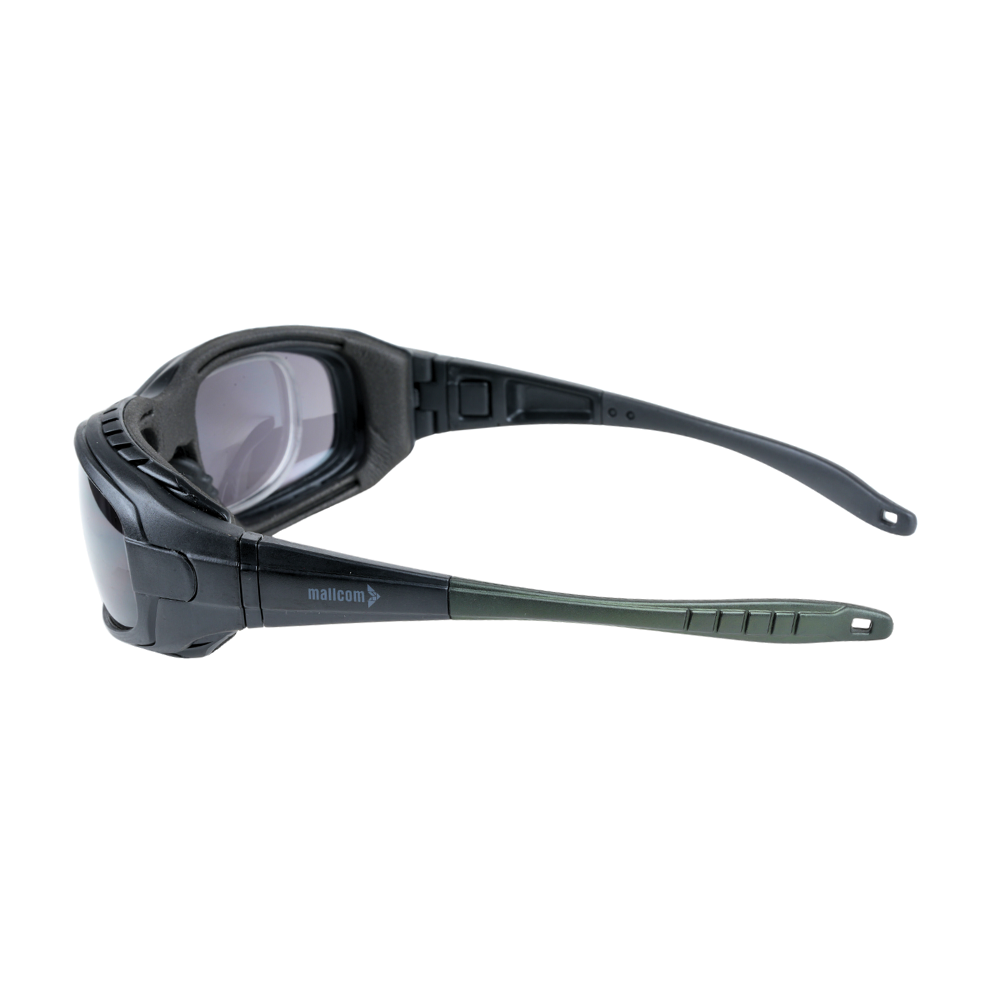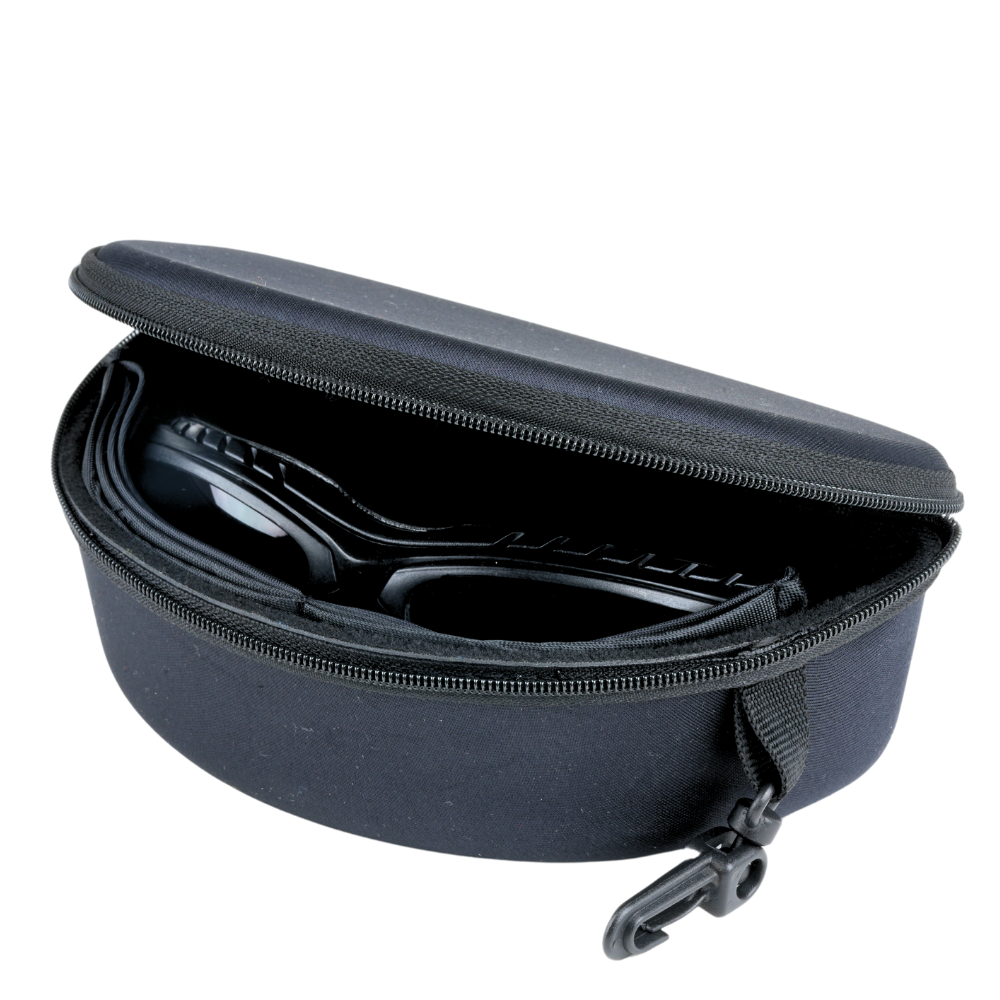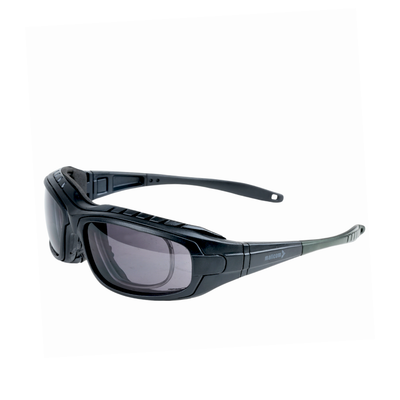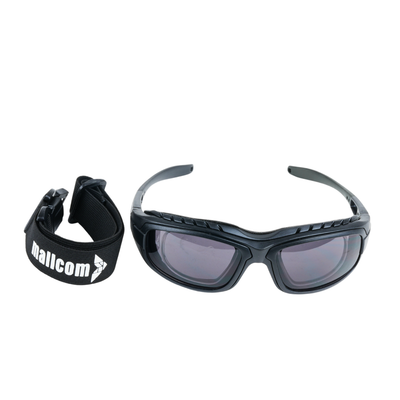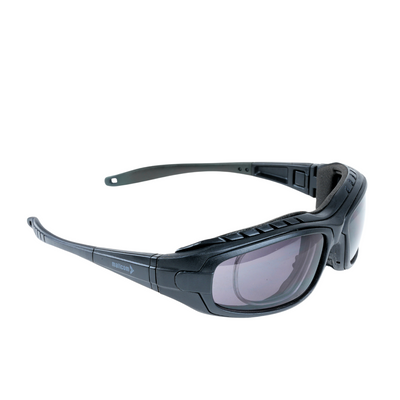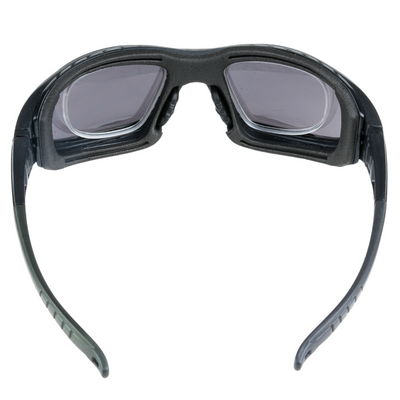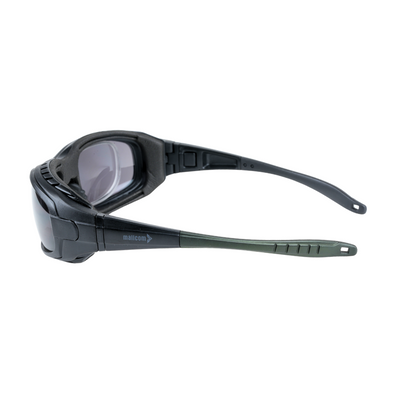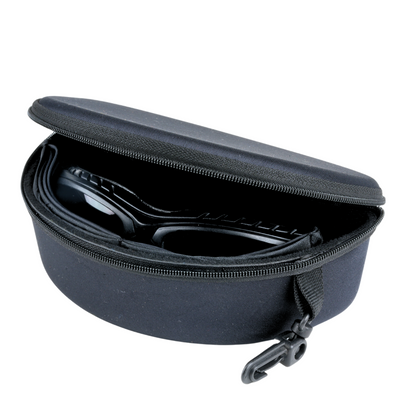AVIOR
Share
Interchangeable Safety Goggles
-
ABOUT THE PRODUCT - Mallcom Avior Safety Goggles are designed to provide comprehensive protection for a wide range of activities, including motorcycle riding, construction work, chemical handling, industrial tasks, laboratory experiments, and hospital duties. These goggles are crafted with comfort and durability in mind, ensuring they meet the needs of various users
-
GOGGLES FEATURES - The detachable soft frame power lens allows for customization according to individual preferences. Constructed with a durable polycarbonate frame and a specially designed rim, these goggles offer enhanced protection. Flexible latex bands and EVA foam ensure added comfort, while the lightweight design minimizes strain on the wearer. The inclusion of removable foam provides shock and dust protection, and the goggles offer 99%UV resistance and anti-scratch coating for clear vision and longevity
-
PERFORM A FINAL ADJUSTMENT - Before starting your activity, perform a final check to ensure that the goggles fit securely and comfortably. Make any necessary adjustments to guarantee optimal performance throughout your task. Once properly fitted and adjusted, proceed with your activity, whether it's motorcycle riding, construction work, chemical handling, industrial tasks, laboratory experiments, or hospital duties
-
BEST FOR VARIOUS WORK & ACTIVITIES - Users can expect versatile protection that meets the demands of various activities and industries. The goggles ensure comfort and a secure fit for extended wear, enhancing user experience. With customizable features and durable construction, they offer peace of mind in terms of safety and longevity. Additionally, the UV resistance and anti-scratch coating ensure clear vision and reliable performance over time, further enhancing their value to users
Chemical Splash
Dirt
Dust
AVIOR
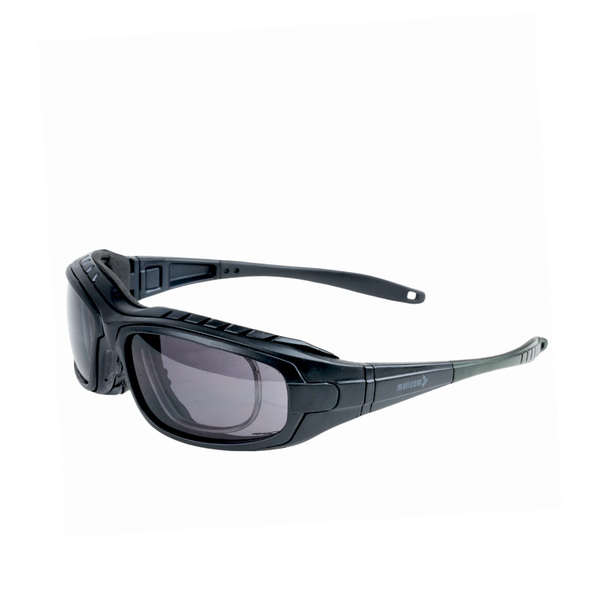
Size Chart
How to Measure
AVIOR

AVIOR

CE
EN 166
Delivery & Services

Easy Return
with our 15 days return poicy
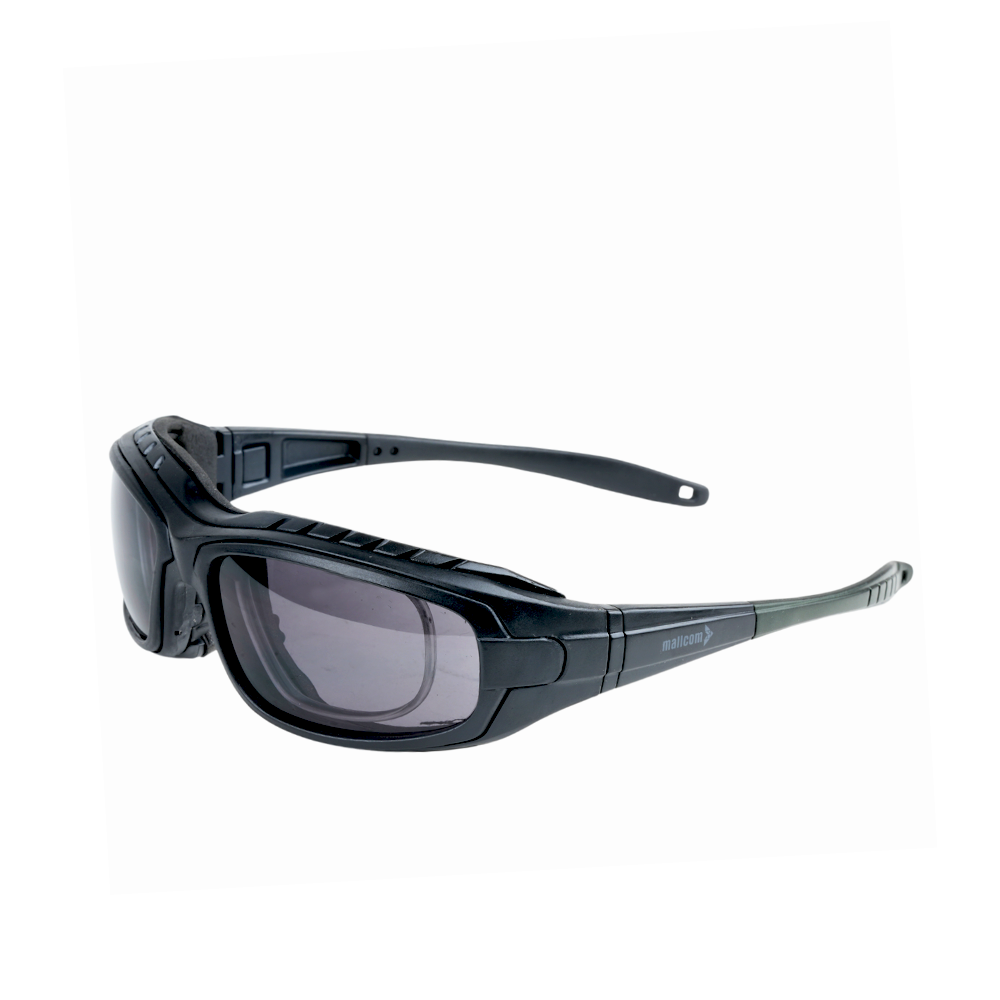

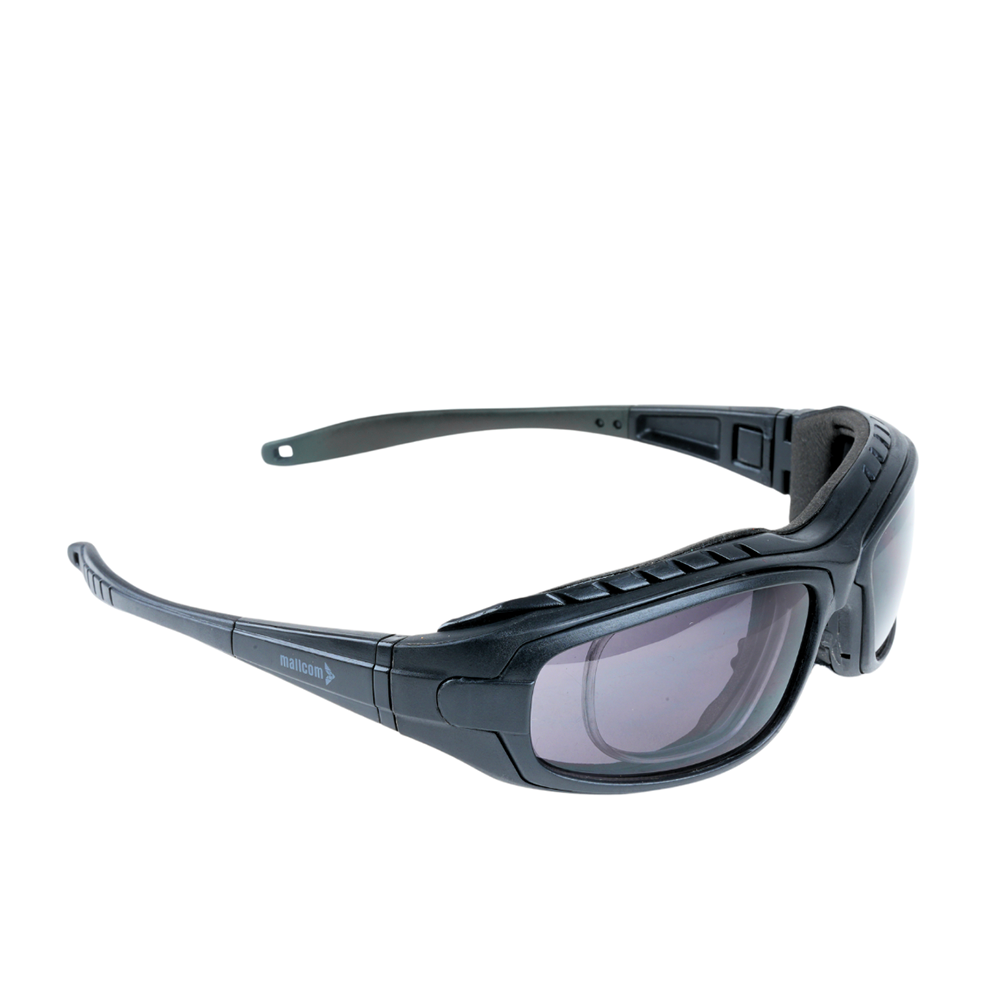
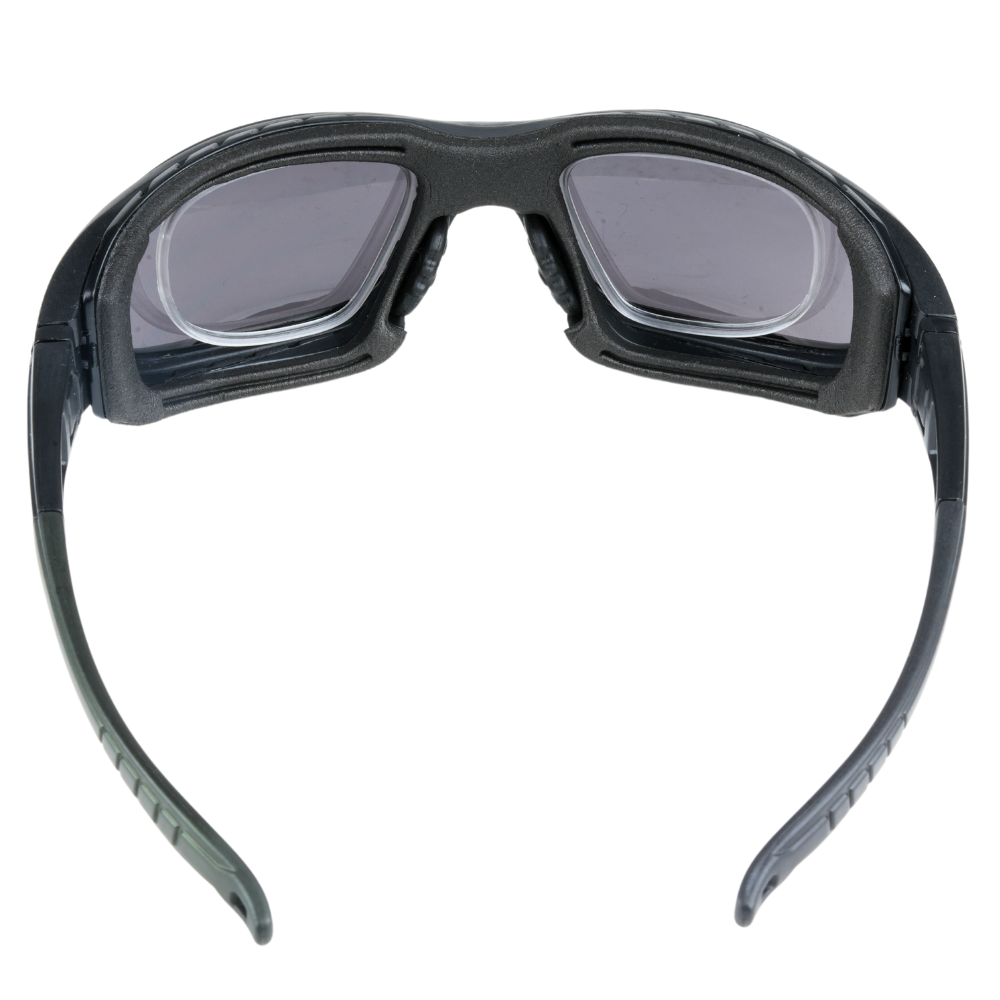
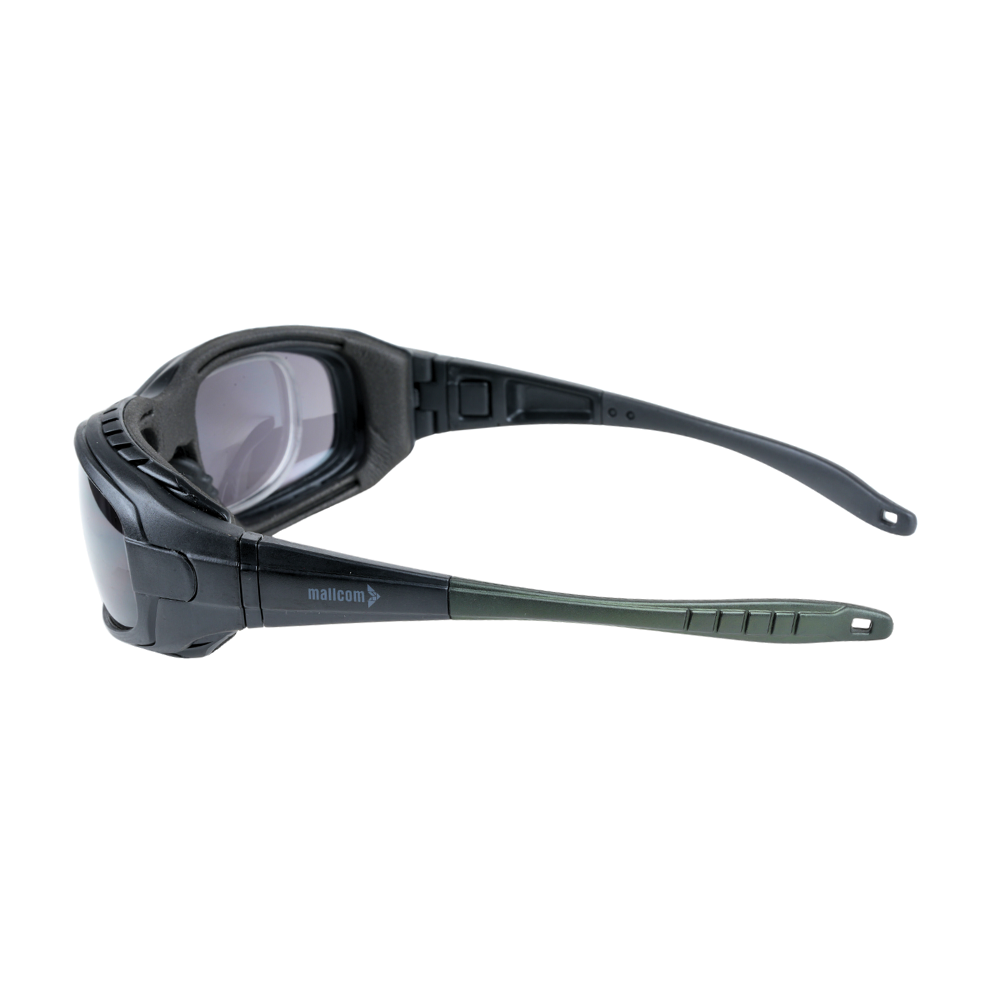
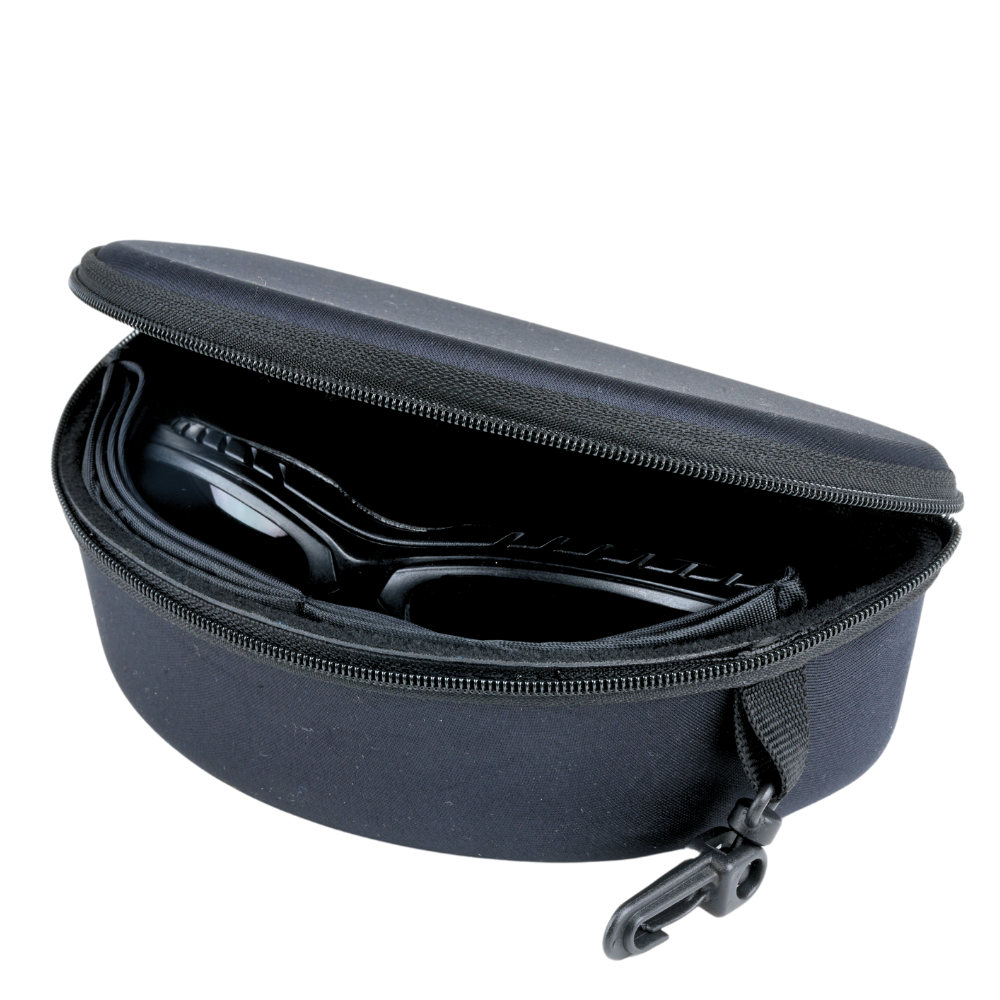
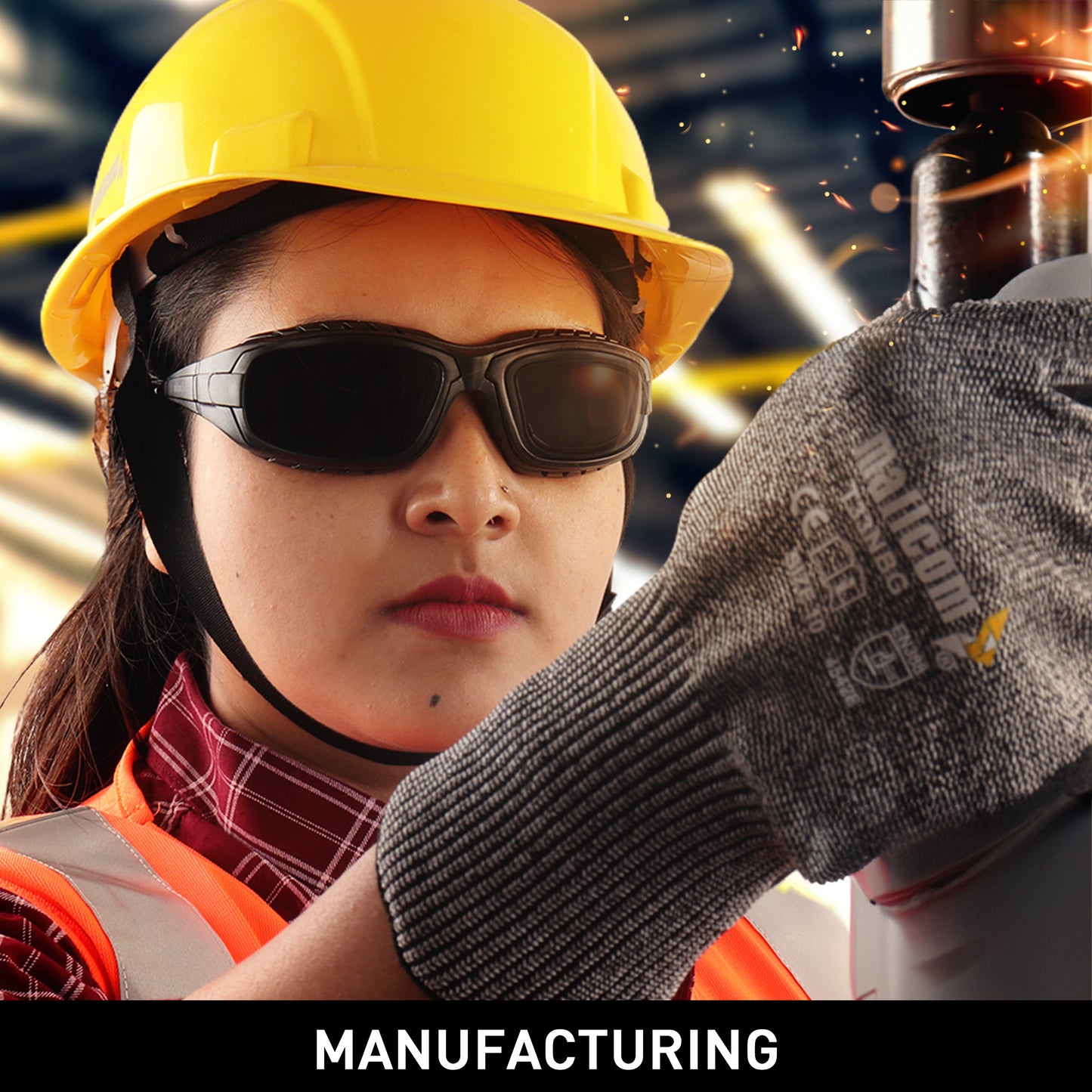

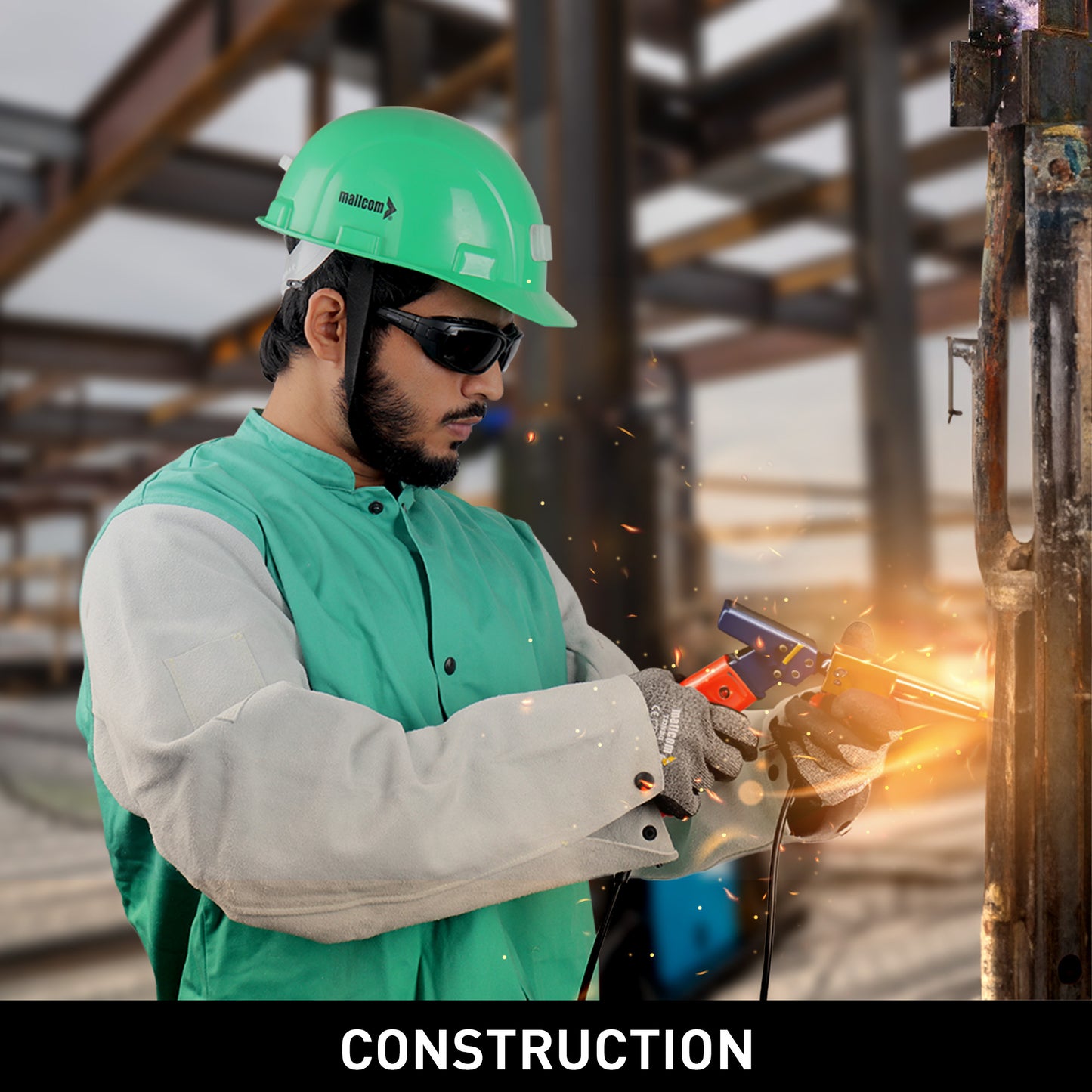
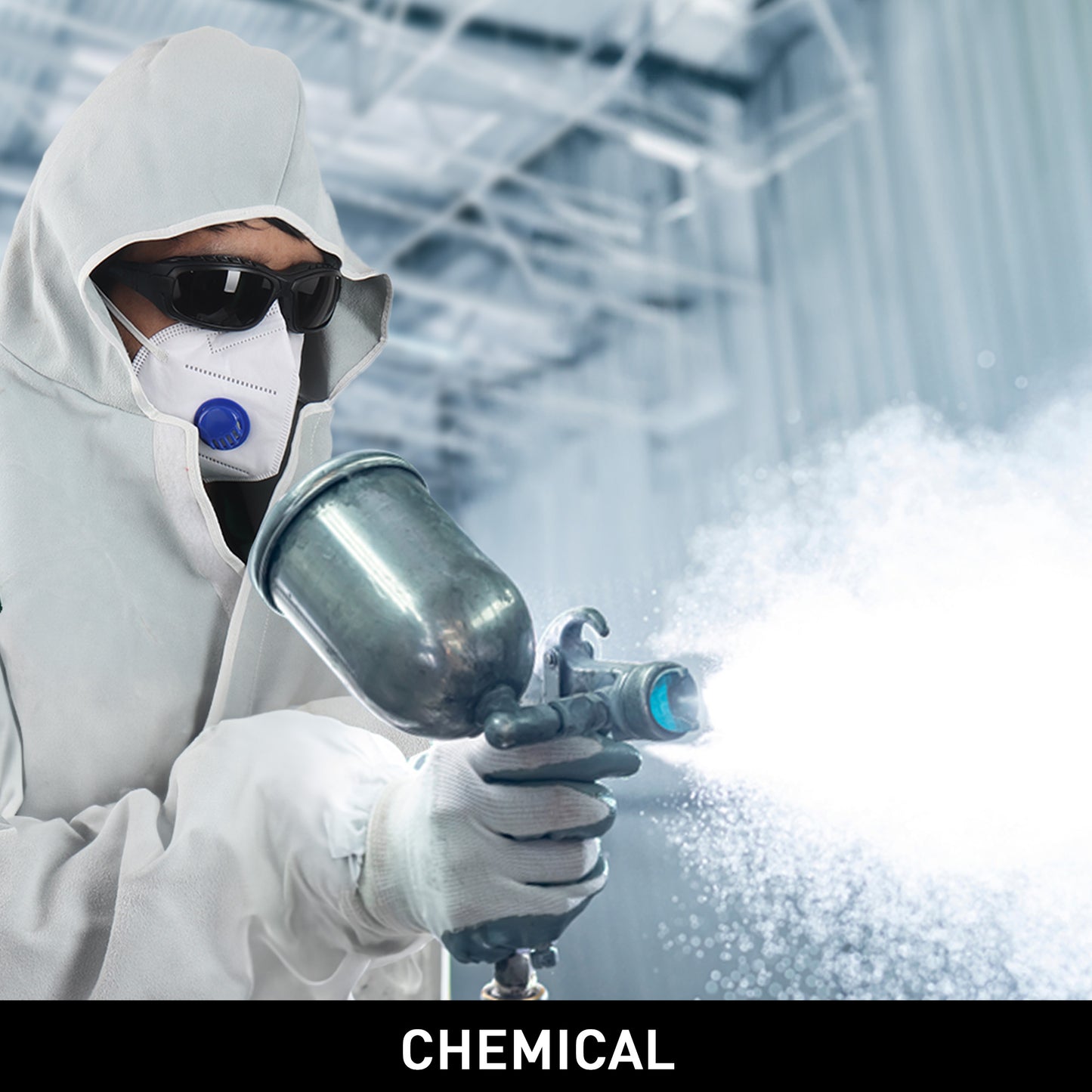
ABOUT THE DESIGN
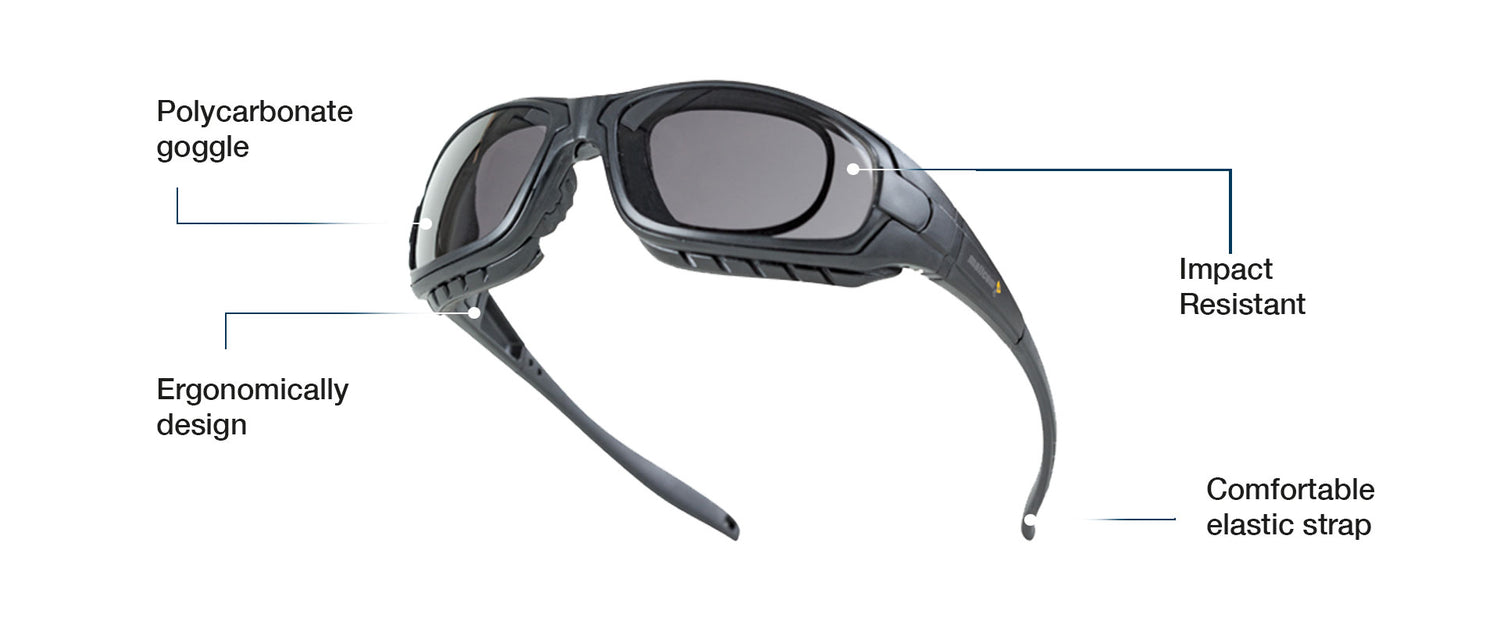
USEFUL IN THESE INDUSTRIES
MANUFACTURING
CHEMICAL & PAINT
REPAIR & MAINTENANCE
CONSTRUCTION

Product Features
ABOUT THE DESIGN
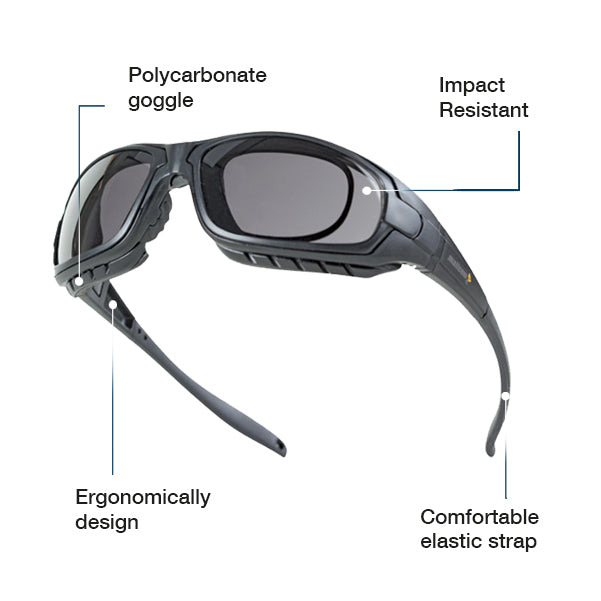
USEFUL IN THESE INDUSTRIES
MANUFACTURING
CHEMICAL & PAINT
REPAIR & MAINTENANCE
CONSTRUCTION
Product Details
